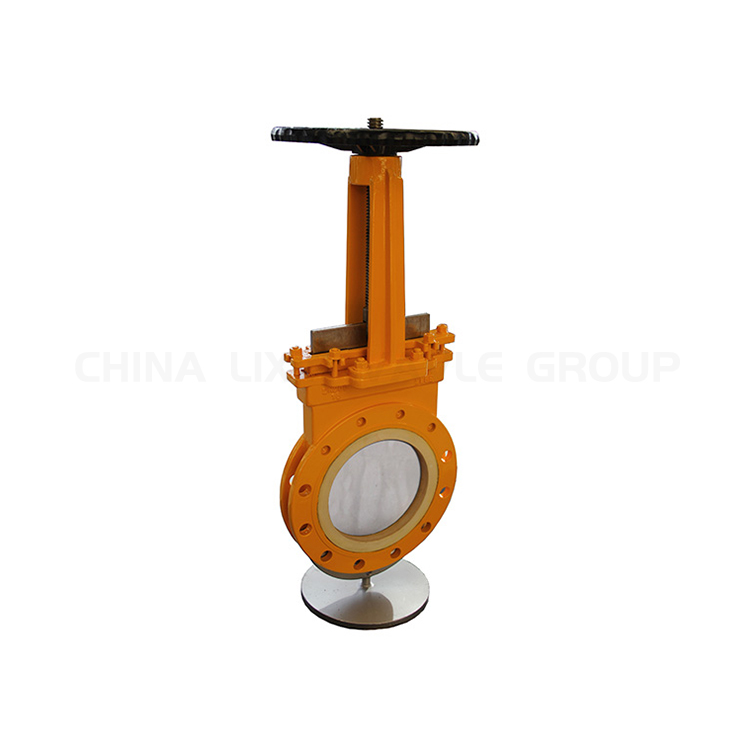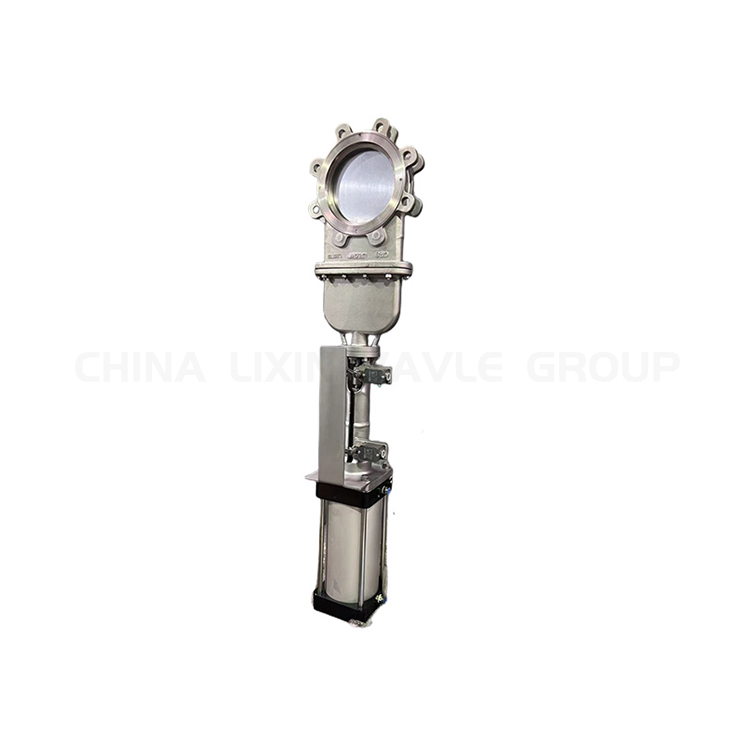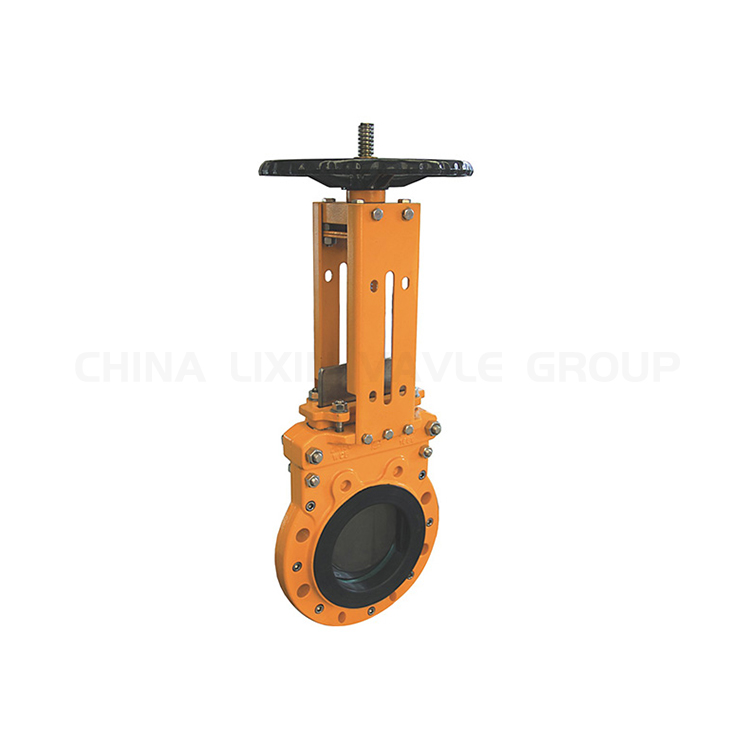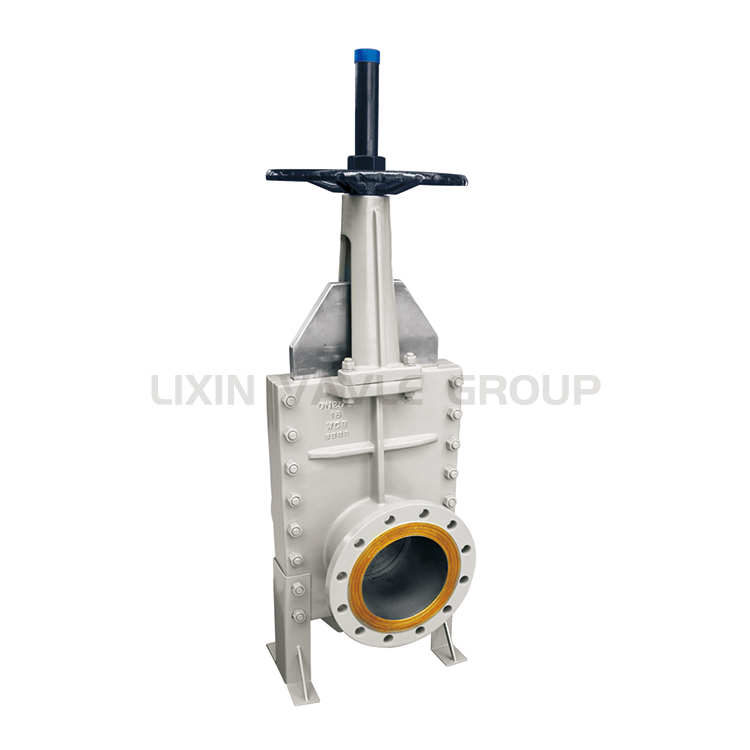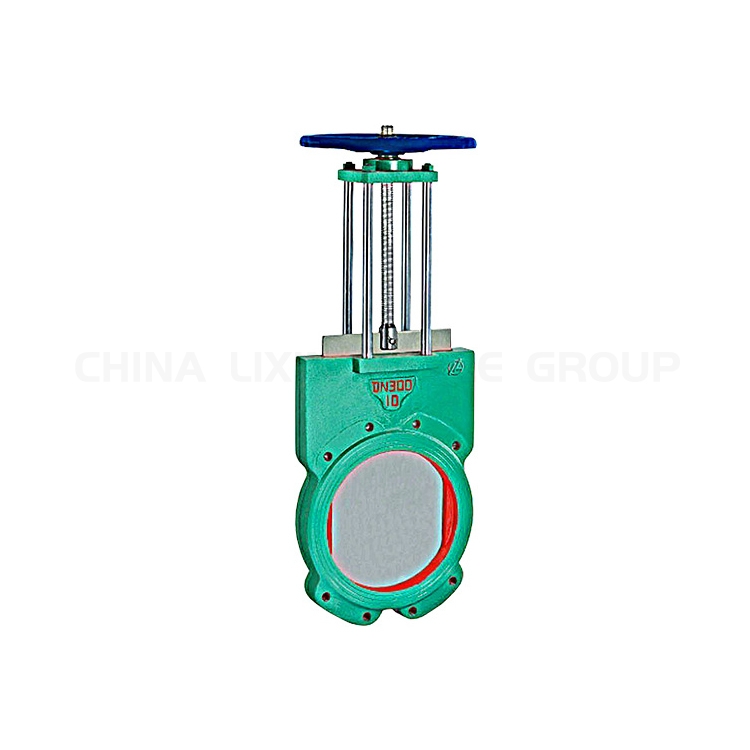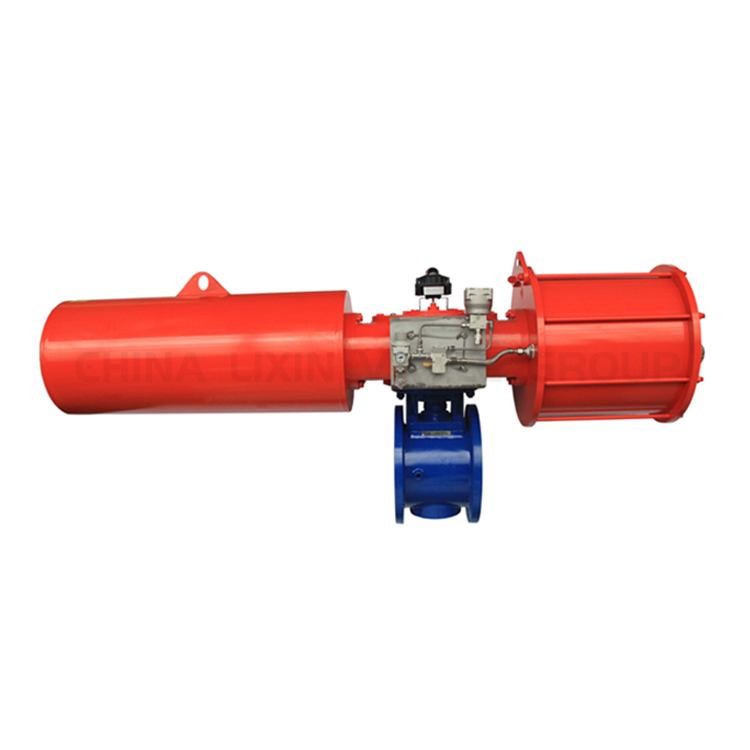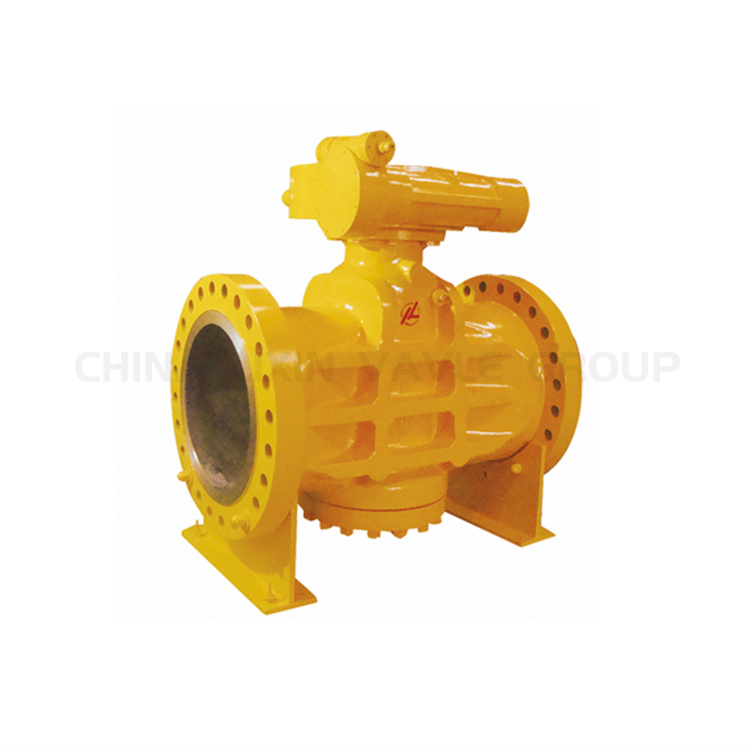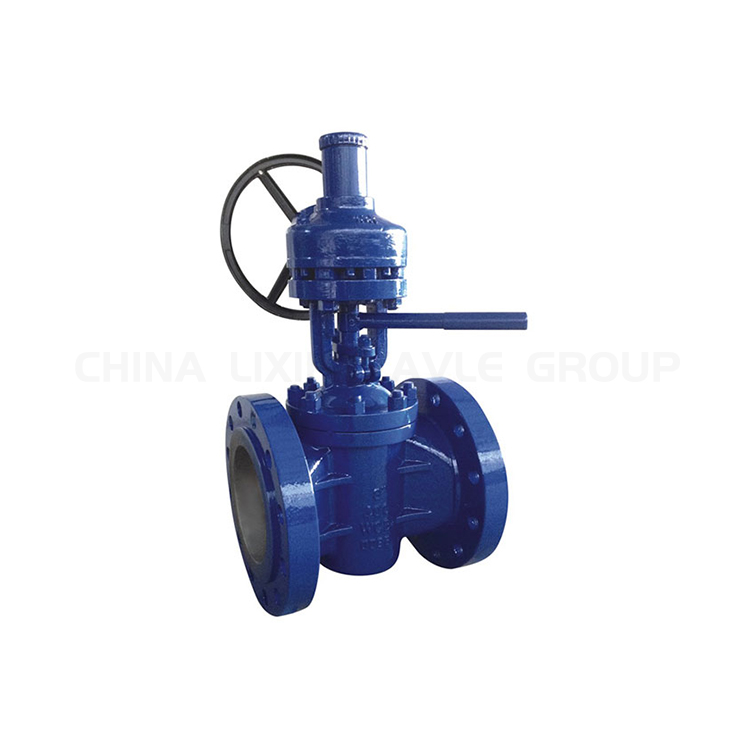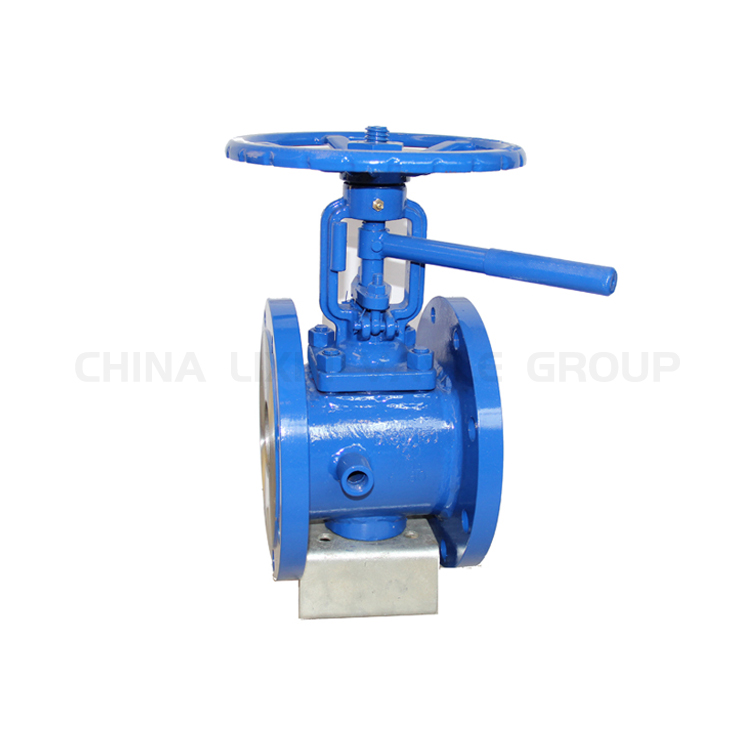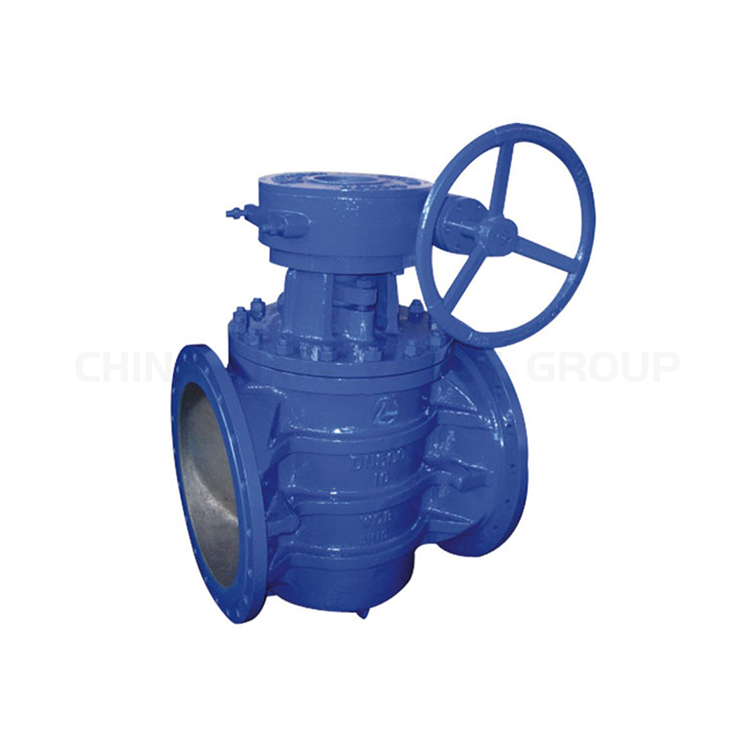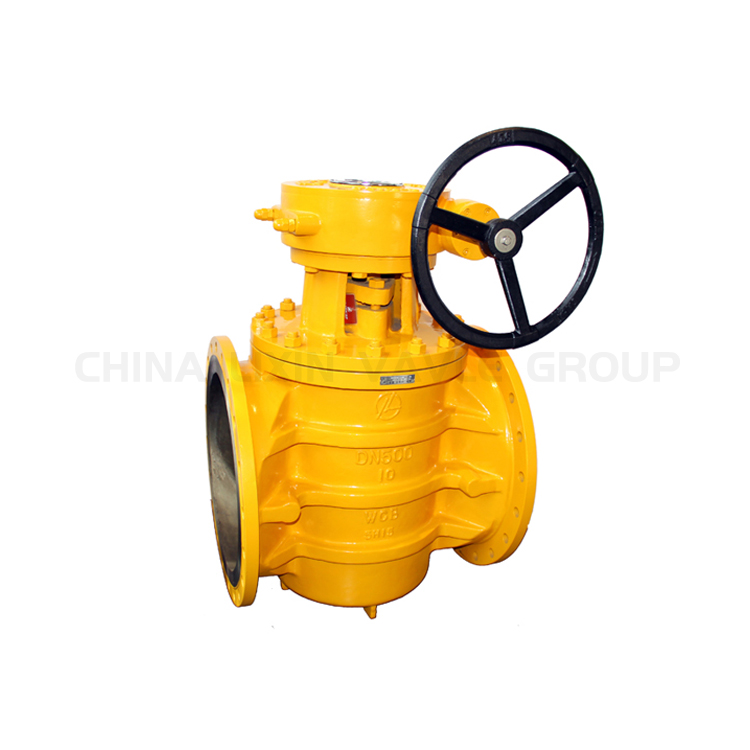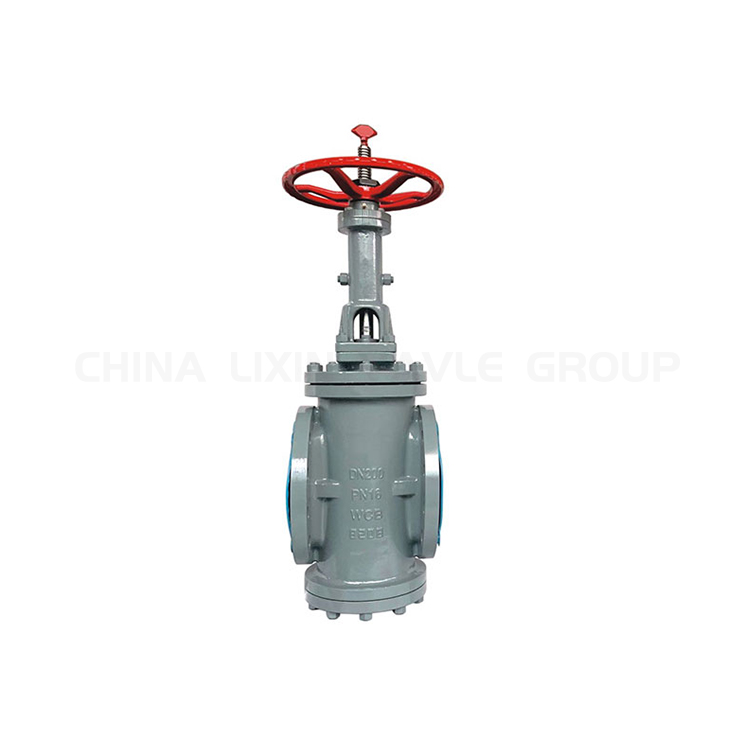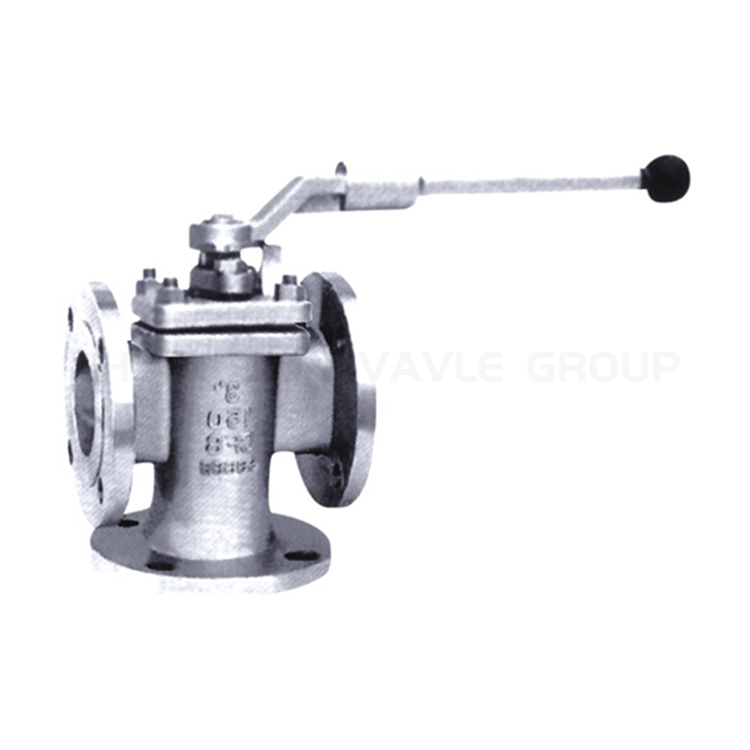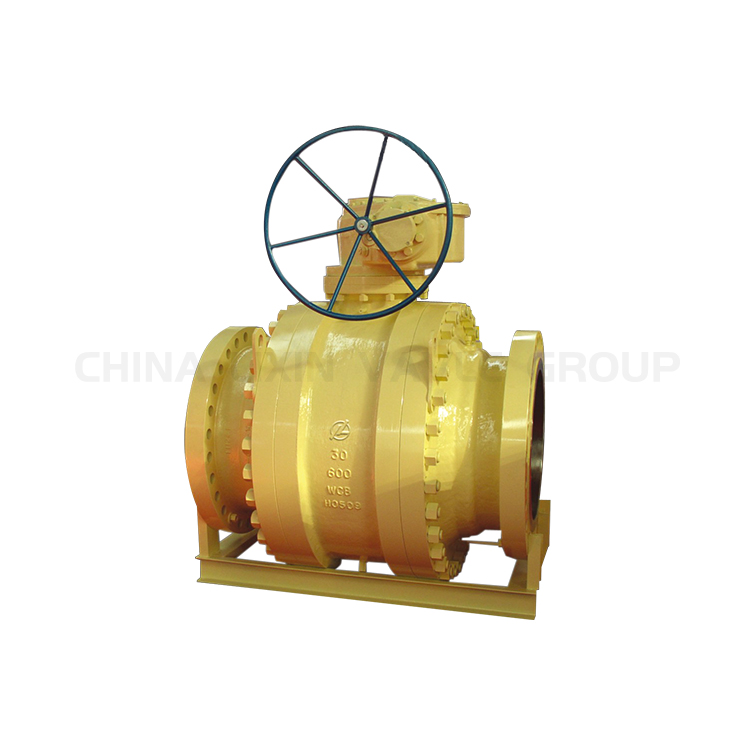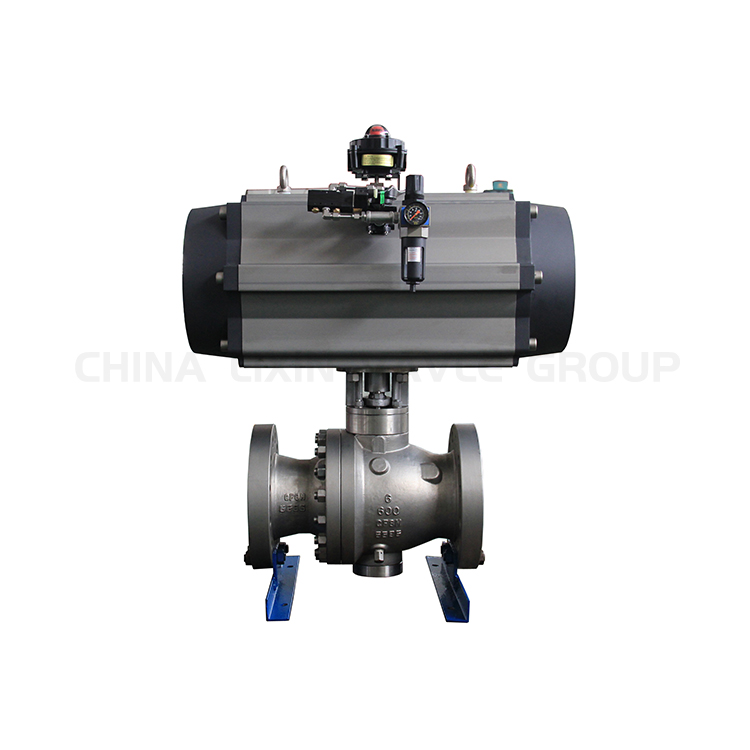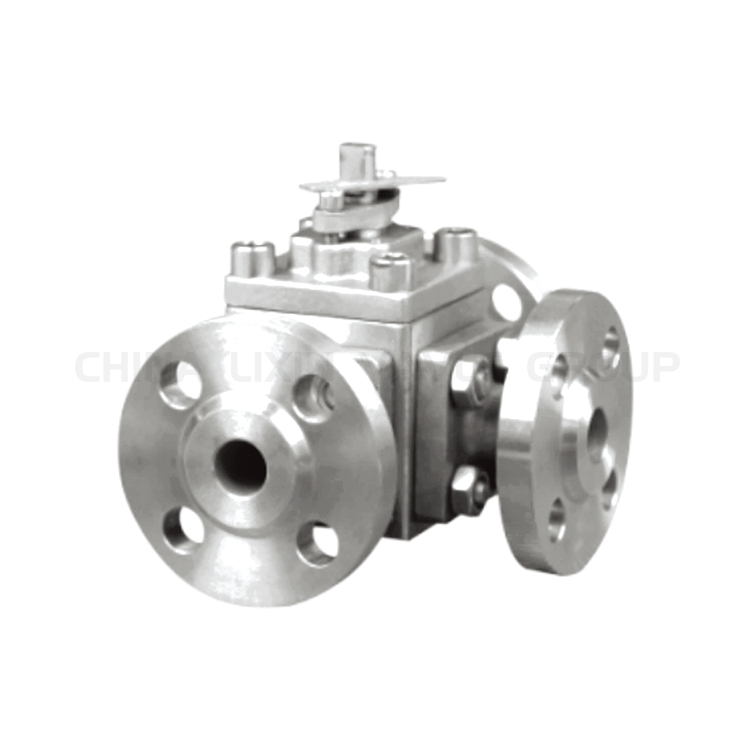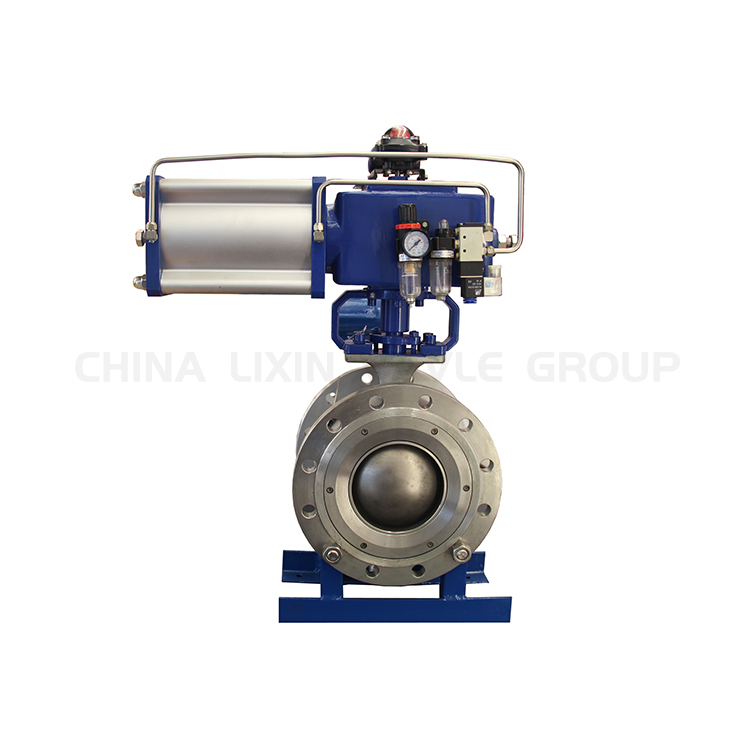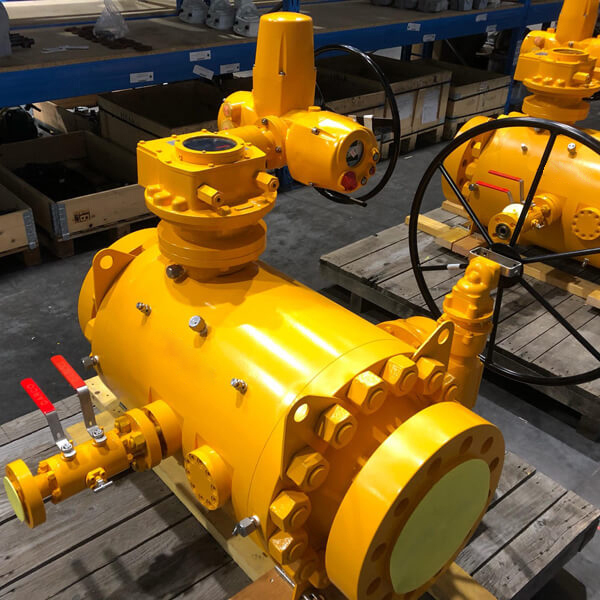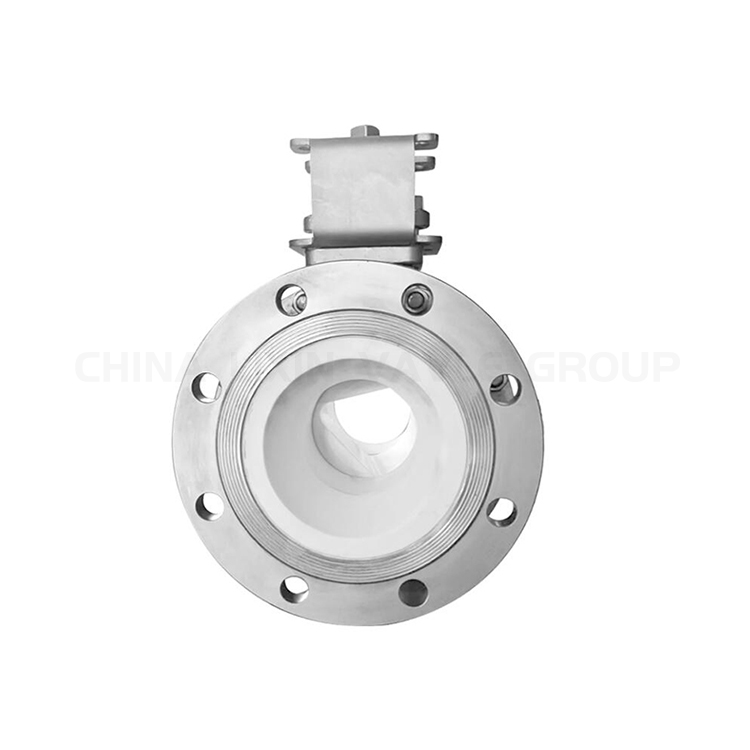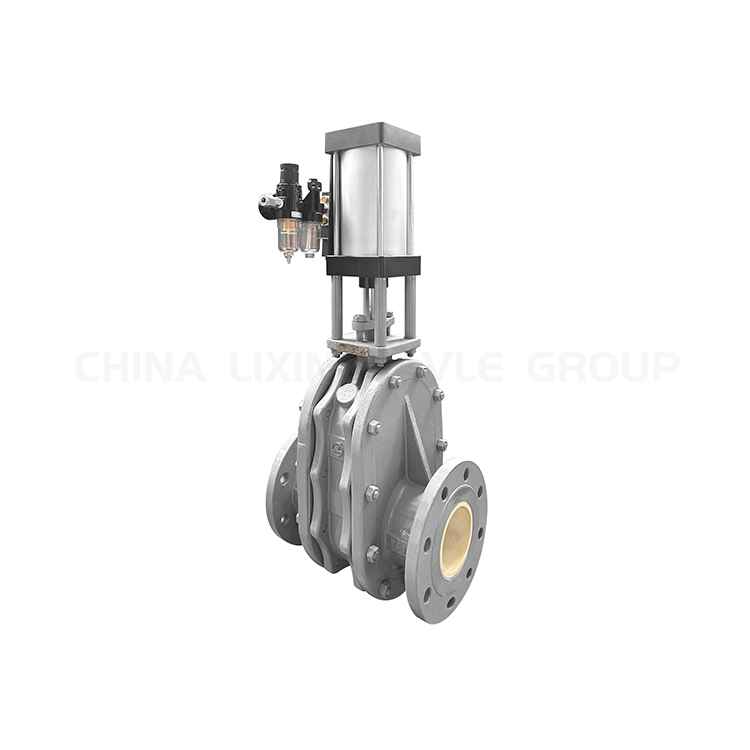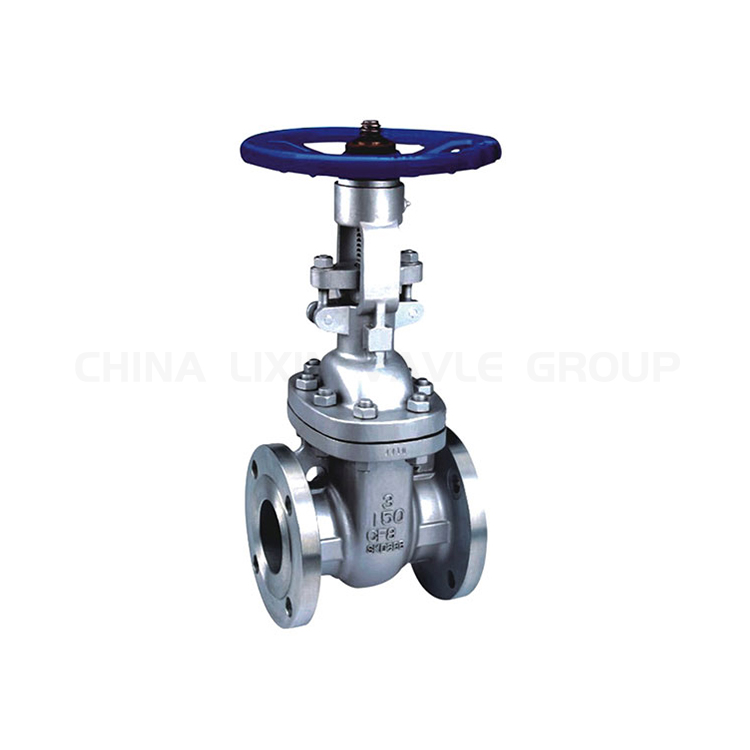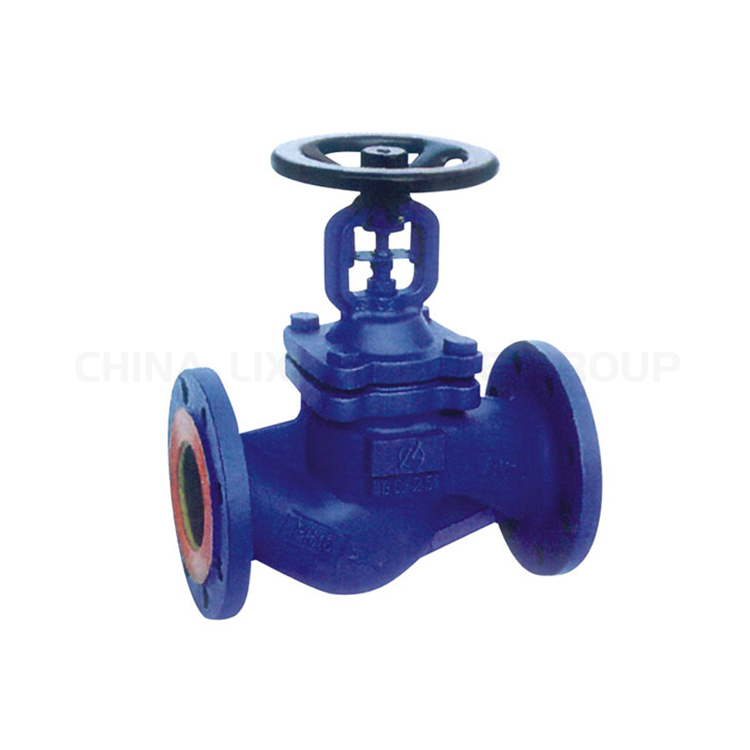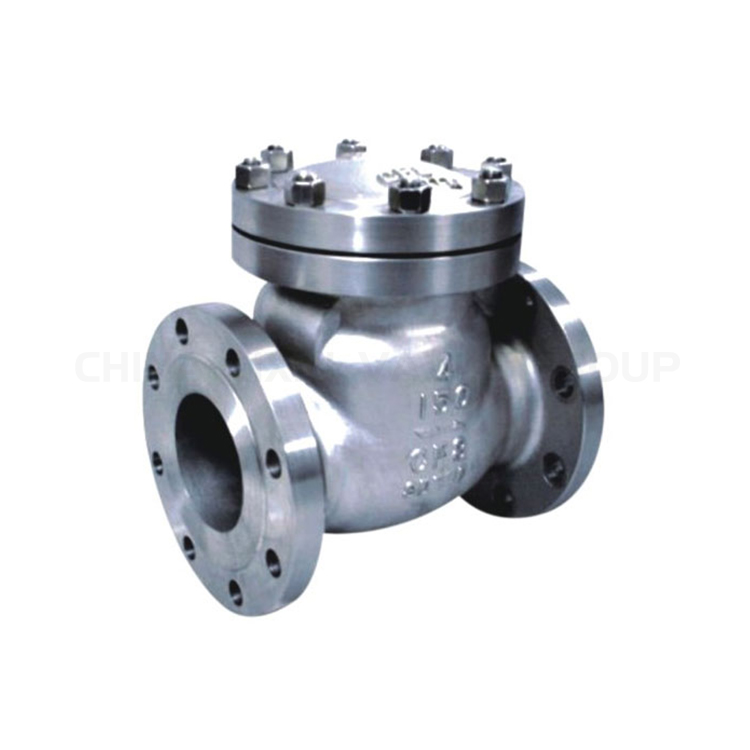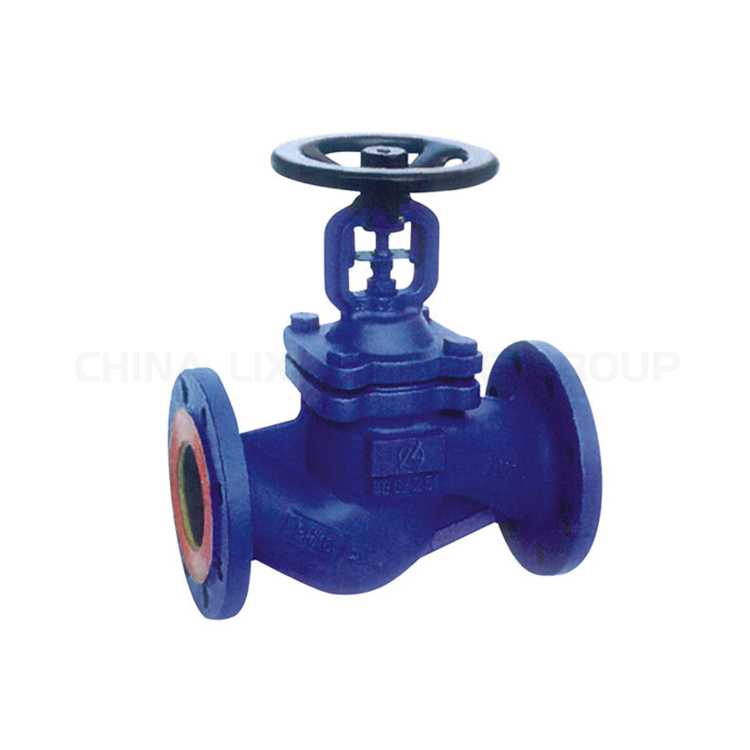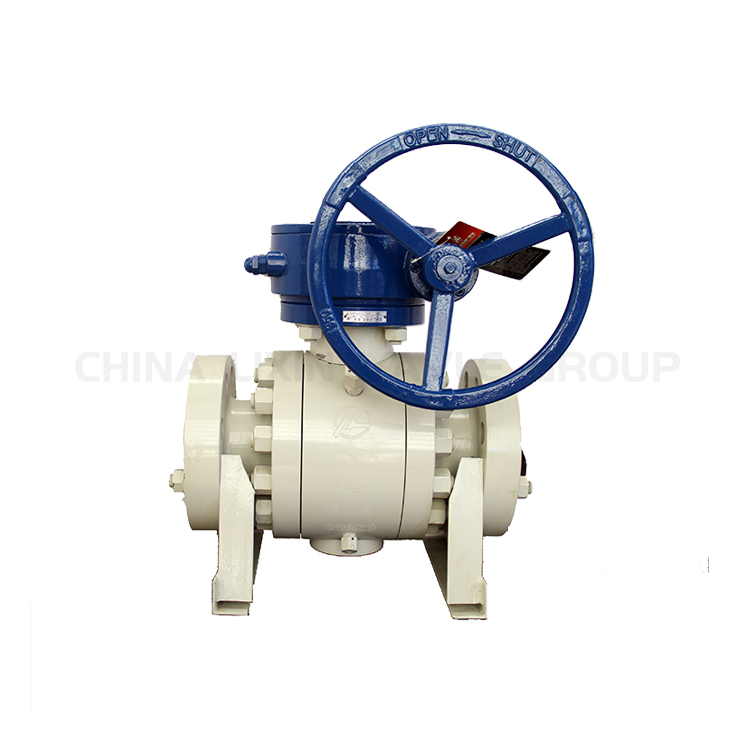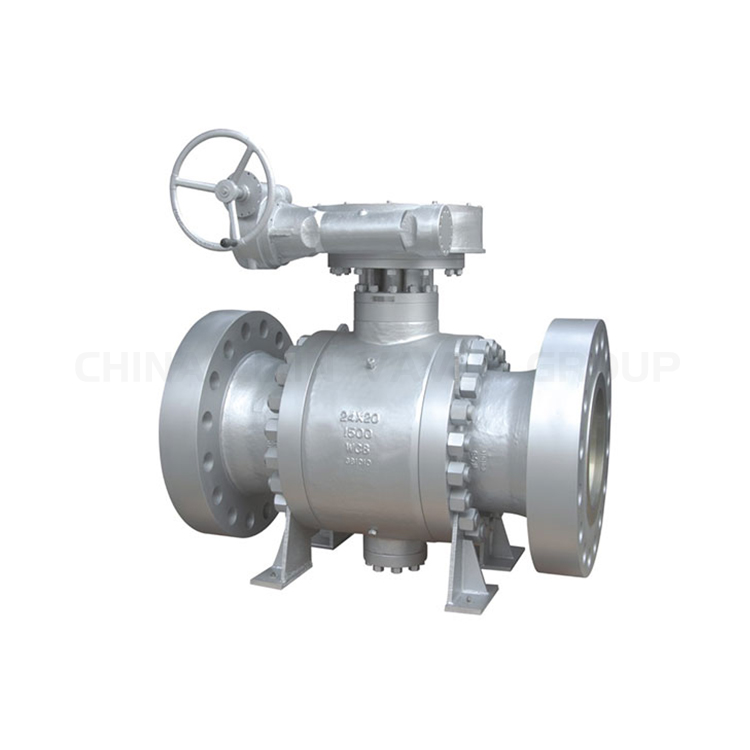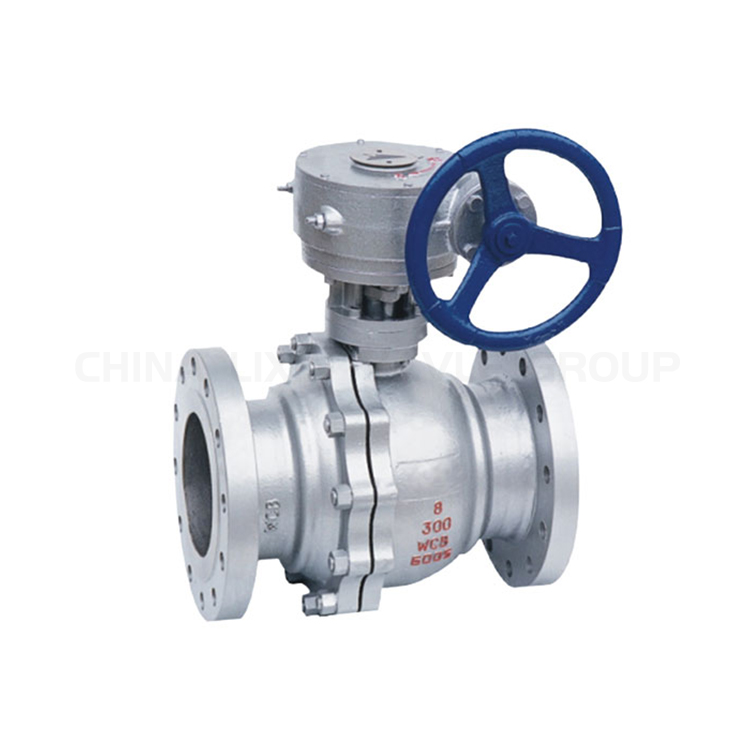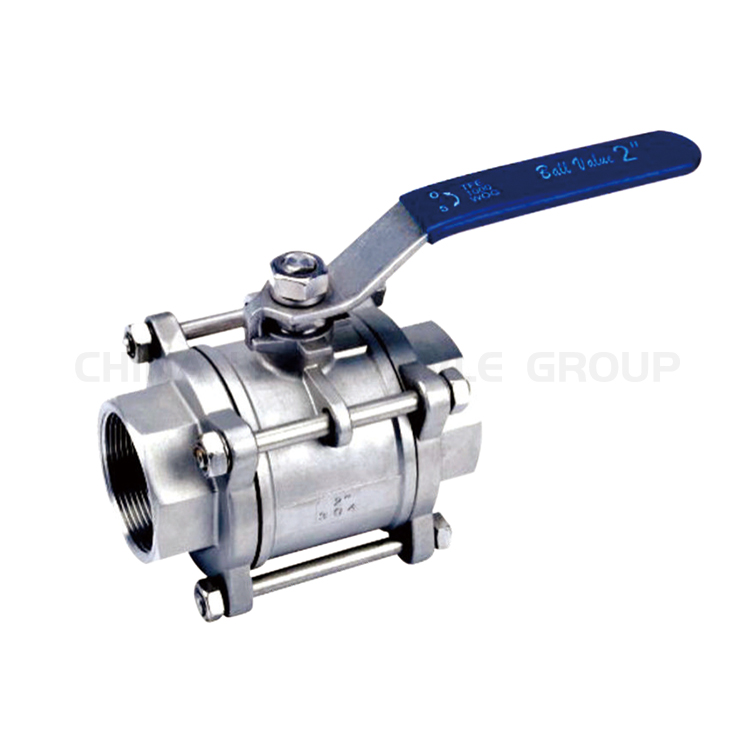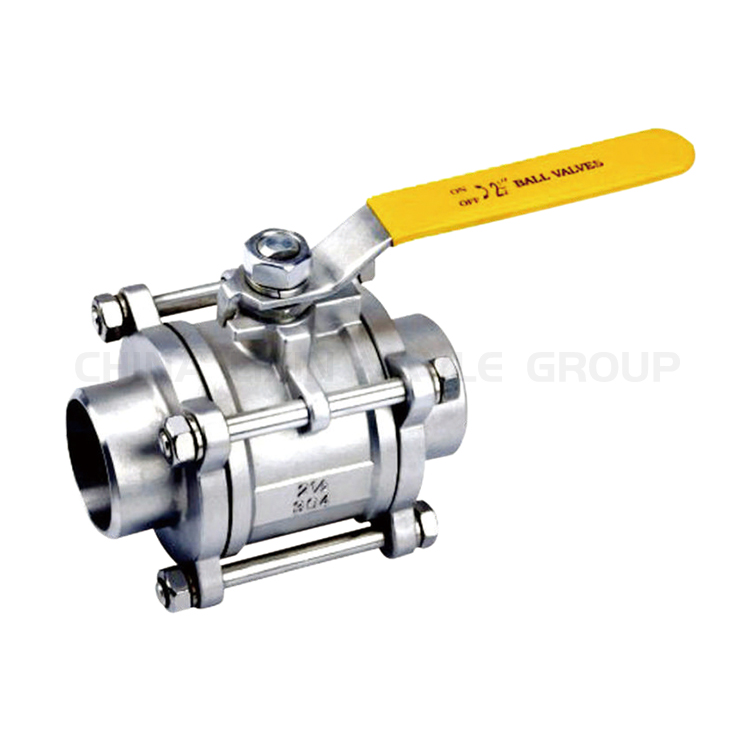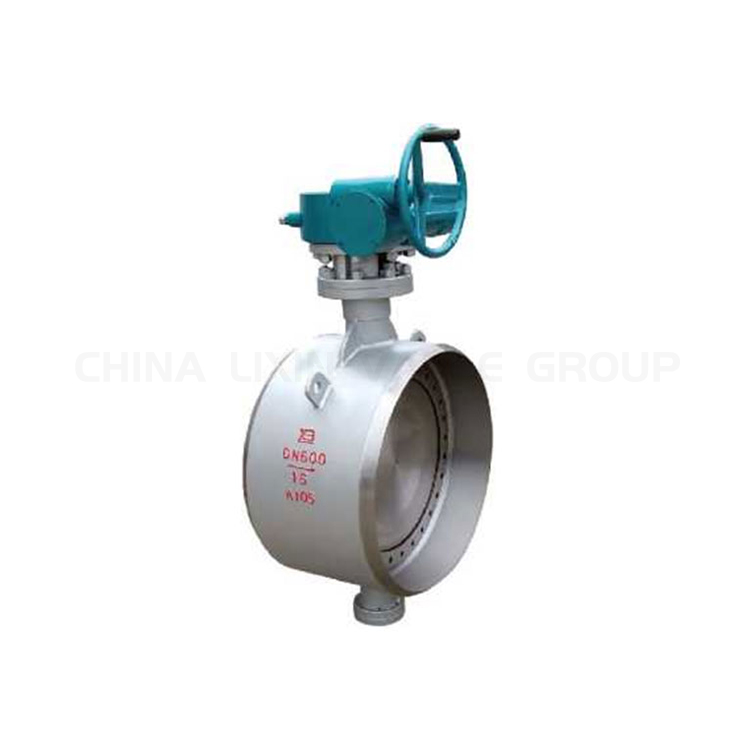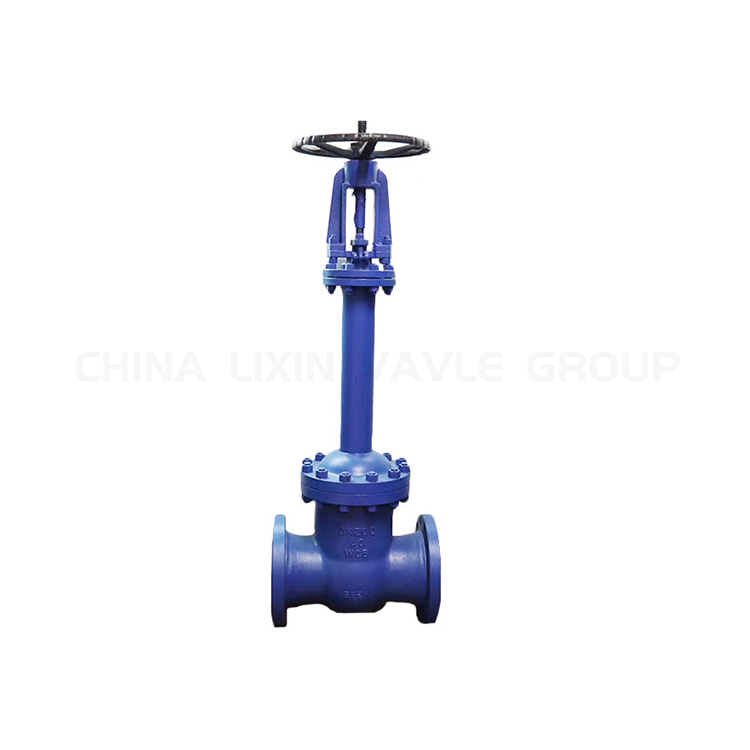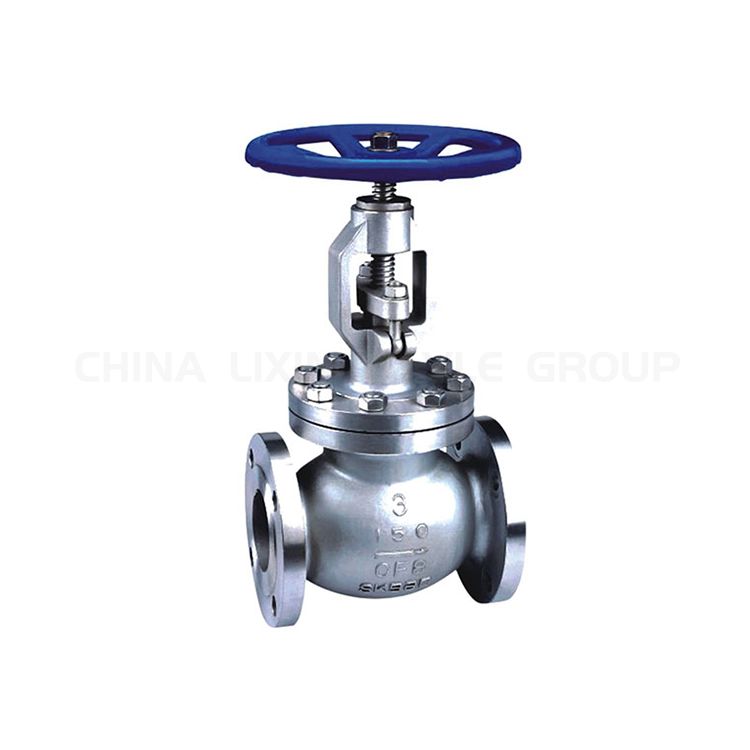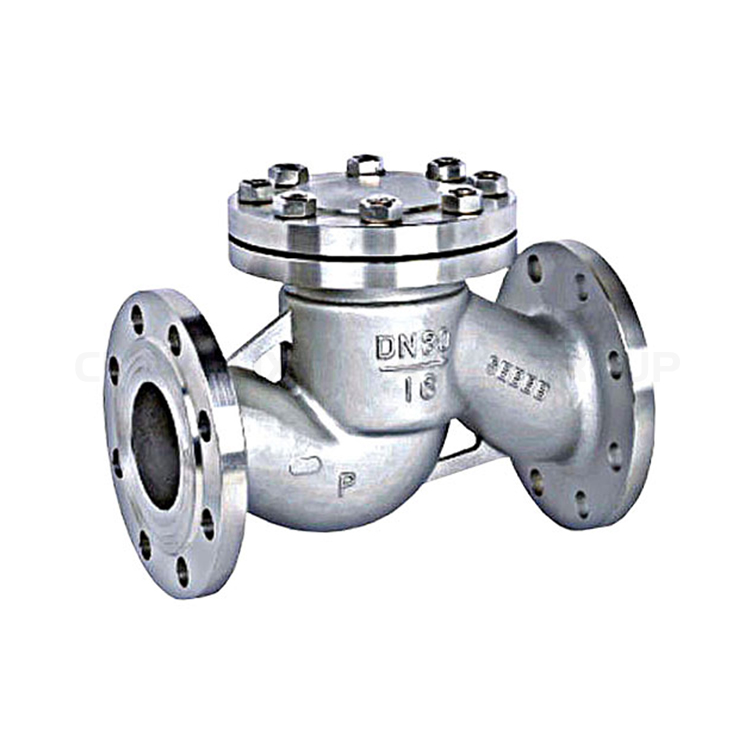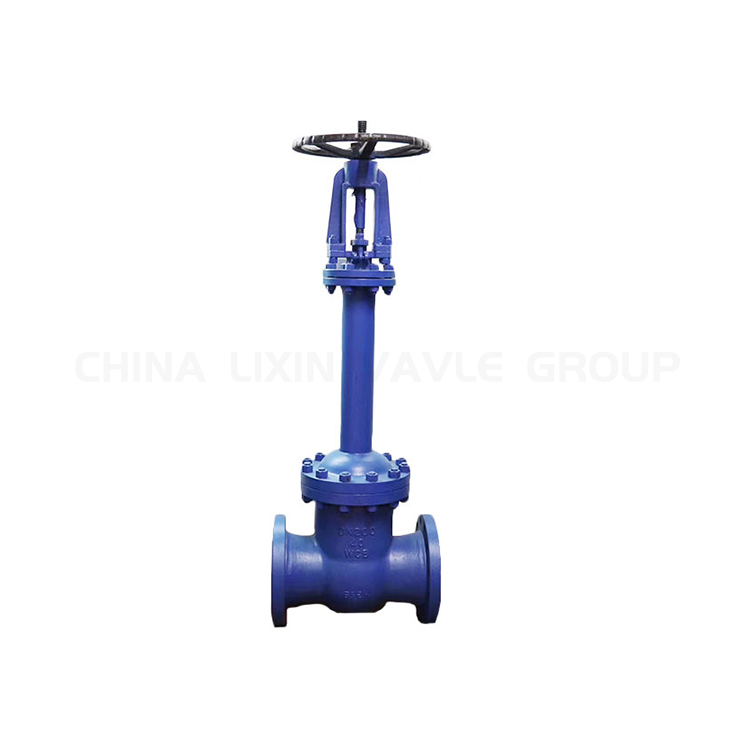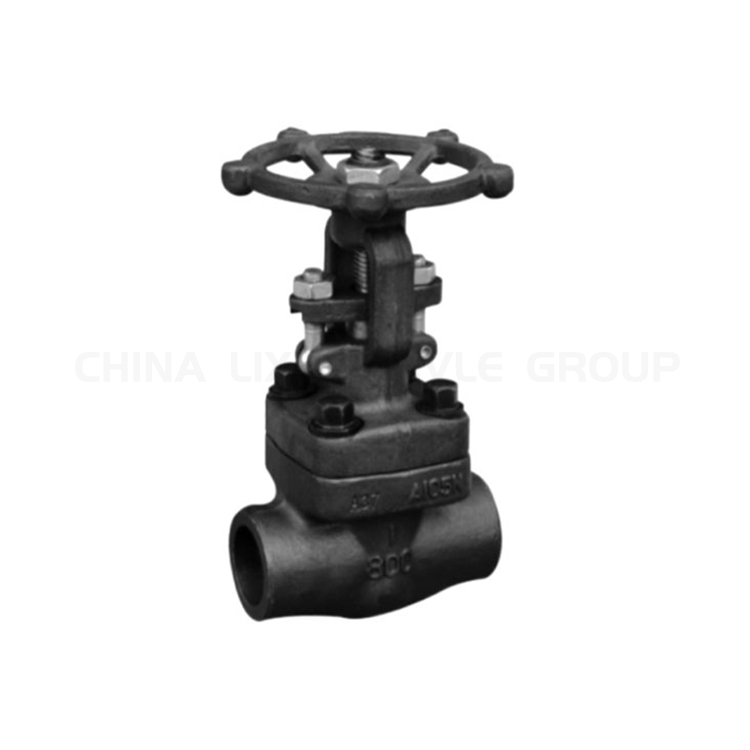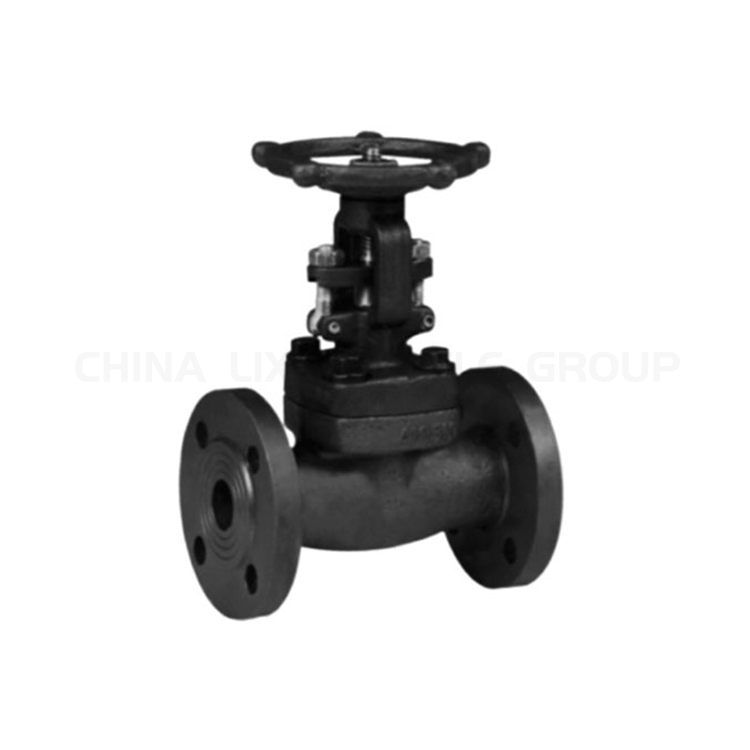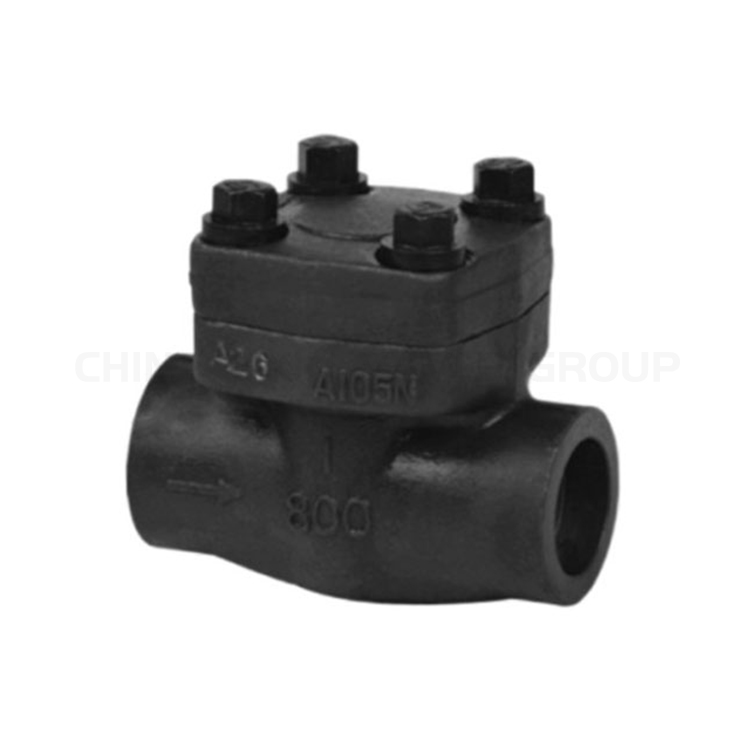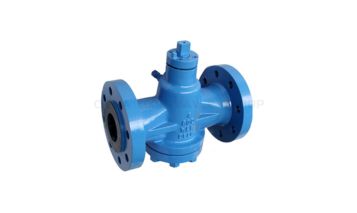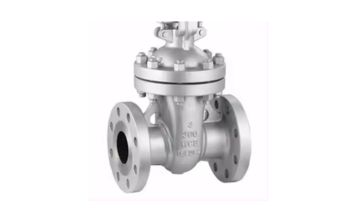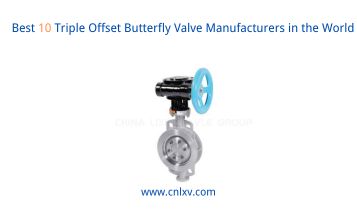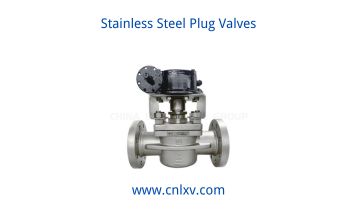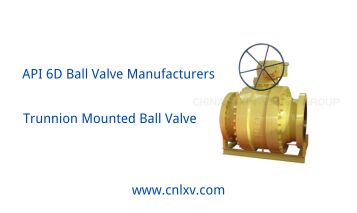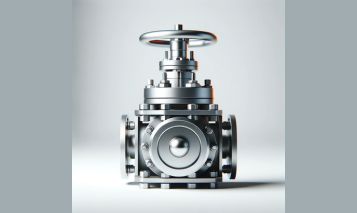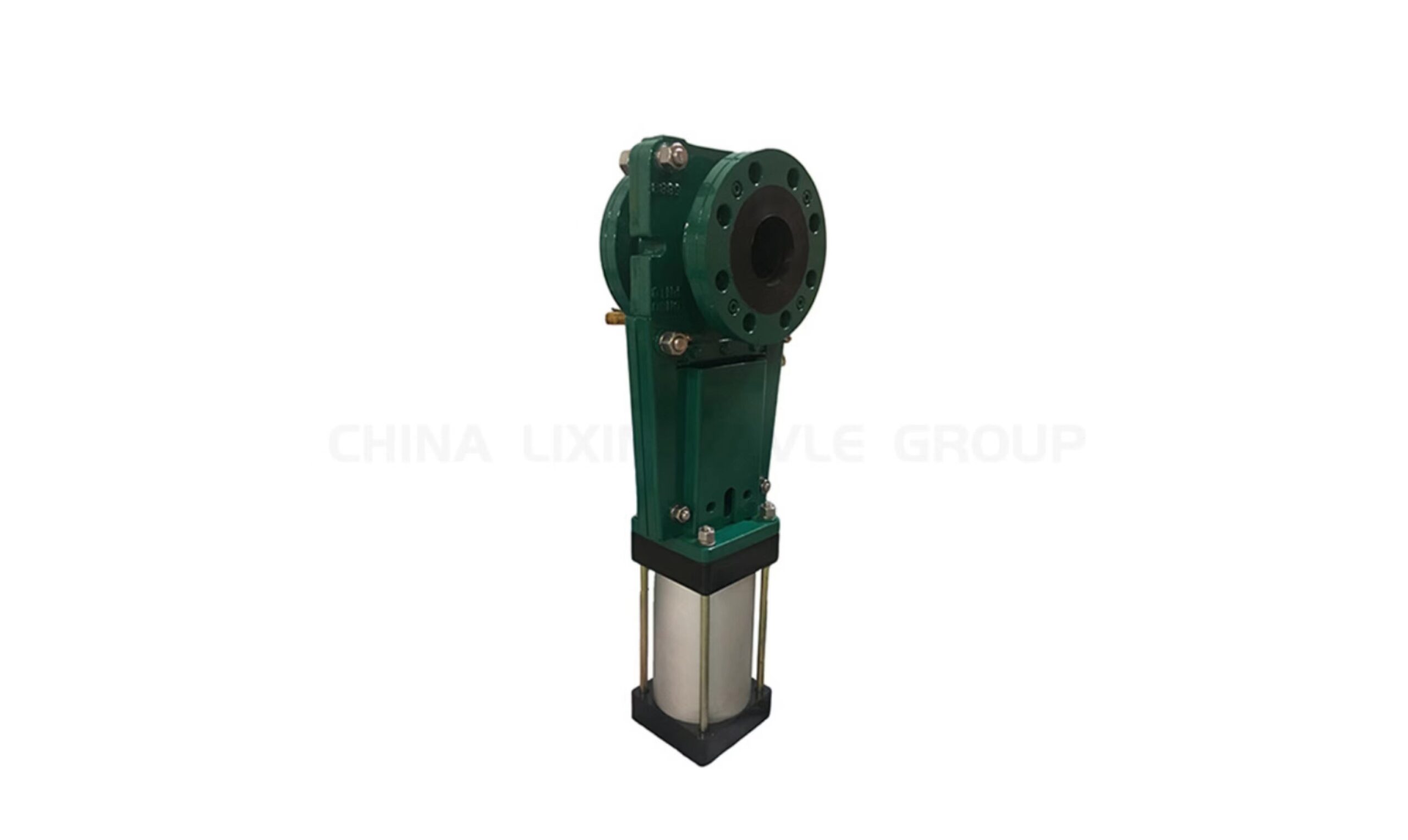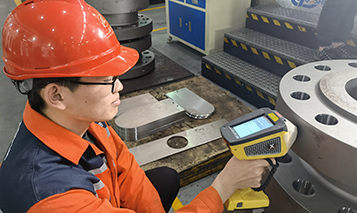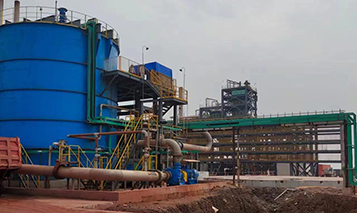The size of a butterfly valve is determined by a number of factors, including the flow rate, pressure, and temperature of the fluid being controlled. In this article, we will discuss the key considerations for sizing a butterfly valve. Flow Rate The flow rate is the most important factor to consider when sizing a butterfly valve. The flow rate is measured in gallons per minute (GPM) or cubic feet per minute (CFM). To determine the flow rate, you will need to know the following information: The type of fluid being controlled The viscosity of the fluid The specific gravity of the fluid The pressure drop across the valve Once you have this information, you can use a flow rate calculator to determine the required flow rate. Pressure The pressure rating of a butterfly valve is the maximum pressure that the valve can withstand without failing. The pressure rating is typically expressed in pounds per square inch (PSI). The pressure rating of the valve must be greater than or equal to the maximum pressure that the valve will be subjected to. Temperature The temperature rating of a butterfly valve is the maximum temperature that the valve can withstand without failing. The temperature rating is typically expressed in degrees Fahrenheit (°F). The temperature rating of the valve must be greater than or equal to the maximum temperature that the valve will be subjected to. Material Selection The material of the butterfly valve should be compatible with the fluid being controlled. The following are some of the most common materials used for butterfly valves: Cast iron: Cast iron is a strong and durable material that is resistant to corrosion. It is a good choice for valves that will be used in corrosive environments. Ductile iron: Ductile iron is a type of cast iron that is more ductile than regular cast iron. It is a good choice for valves that will be subjected to high pressures. Stainless steel: Stainless steel is a corrosion–resistant material that is also strong and durable. It is a good choice for valves that will be used in food or pharmaceutical applications. Bronze: Bronze is a corrosion–resistant material that is also ductile. It is a good choice for valves that will be used in marine applications. Valve Sizing Once you have considered the flow rate, pressure, temperature, and material, you can use a valve sizing calculator to determine the size of the butterfly valve. Valve sizing calculators are available online and from valve manufacturers. To use a valve sizing calculator, you will need to enter the following information: The flow rate The pressure drop The fluid viscosity The fluid specific gravity The valve material The valve sizing calculator will then provide you with the size of the butterfly valve that is required. Conclusion Sizing a butterfly valve is a relatively simple process. By following the steps outlined in this article, you can select the right valve for your application. Additional Resources Valve Sizing Calculator 1 Valve Sizing Calculator 2 For More Detailed Information, […]





